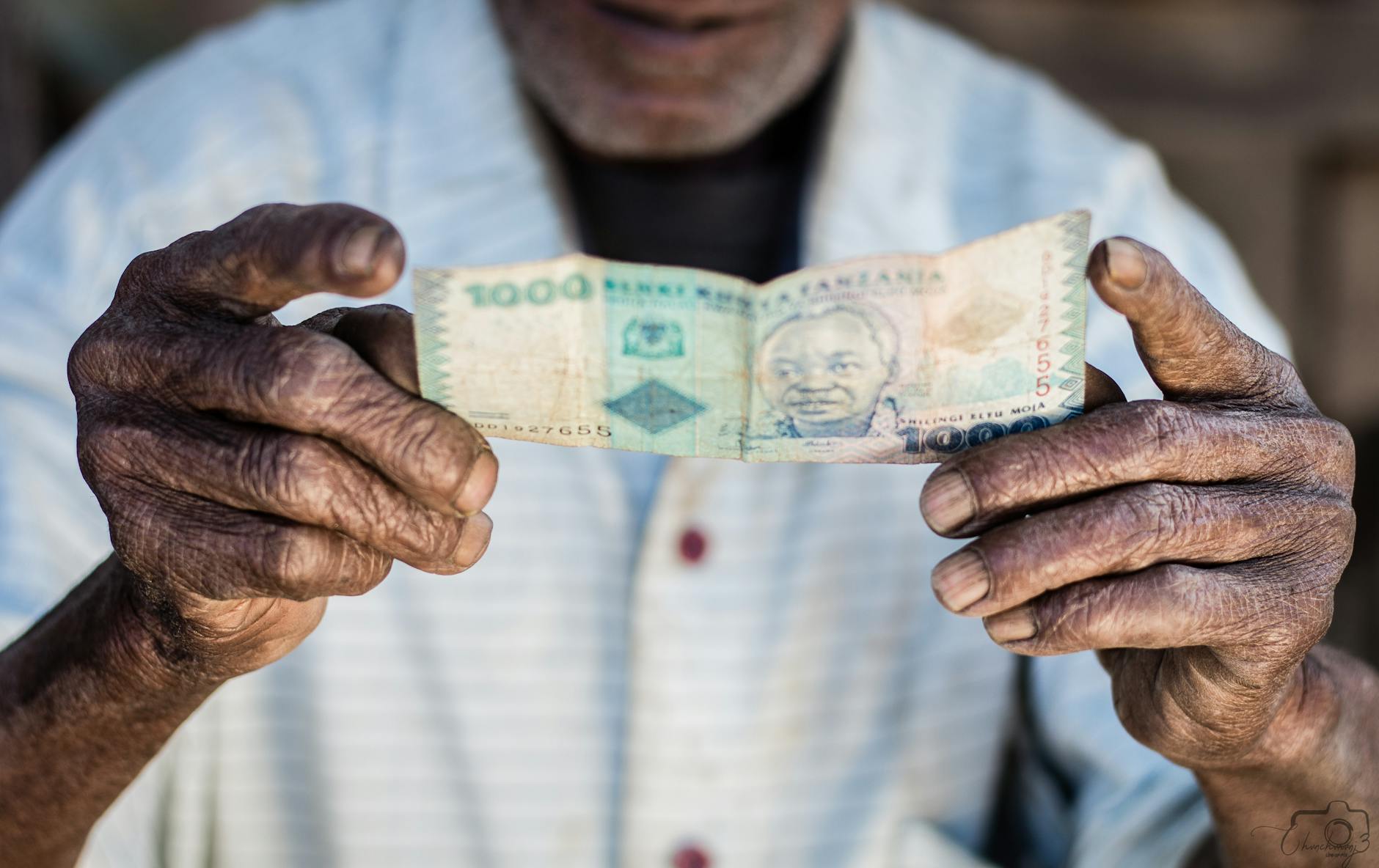Top Methods to Send Money to Kenya
Sending money to Kenya has never been easier. With the advent of online platforms and mobile money services, the process is now quick, secure, and convenient.
Whether you’re an expatriate supporting family back home, a business professional making transactions, or simply sending a gift, you need a reliable method to transfer funds.
This guide will explore the top methods to send money to Kenya, comparing fees, transfer times, and ease of use. We’ll delve into popular services like M-Pesa, online money transfer platforms, and traditional bank transfers.

Why Send Money to Kenya?
Many people send money to Kenya for various reasons. A common purpose is to support family members financially.
Business transactions also require funds to reach Kenya swiftly and safely. This is crucial for global trade.
Additionally, people often remit cash to handle personal matters like paying for education or healthcare. The inflow supports the local economy.
Sending money during emergencies is also frequent. This ensures that loved ones have the necessary resources when they need them the most.
Comparing Fees and Exchange Rates
When sending money to Kenya, fees and exchange rates vary widely. These factors significantly affect the total amount received.
Before choosing a service, it’s essential to compare these costs. Some fees can be hidden, so careful research is crucial.
Exchange rates can fluctuate, impacting the final converted amount. Always check the current rates.
Here’s how you can assess different services:
- Look at the transfer fee percentage.
- Evaluate the exchange rate offered.
- Consider any additional charges, like service fees.
- Compare transfer times across providers.
The Revolution of M-Pesa in Kenya
M-Pesa has transformed how money transfers work in Kenya. It offers a simple, efficient solution for millions.
Launched in 2007, it quickly gained popularity. Its user-friendly system appeals to both urban and rural users.

What is M-Pesa?
M-Pesa, launched by Safaricom in 2007, is a mobile money transfer service that allows users to perform financial transactions using their mobile phones. It has grown to become a key financial tool, especially in regions where access to traditional banking services is limited.
Types of M-Pesa Charges
When using M-Pesa, you will encounter different types of charges. Here’s a detailed look at each.
M-PESA Costs
M-PESA costs refer to the total amount a user pays when using the service. These costs include fees for sending money, withdrawing cash, paying bills, and making business transactions. Charges vary based on the amount transferred, the withdrawal method (agent or ATM), and whether the recipient is an M-PESA user or not.
M-PESA Charges
M-PESA charges are the specific fees applied to transactions. Here is a breakdown:
- Sending Money: Free for transactions under Ksh 100. Charges apply for amounts above Ksh 101.
- Withdrawal Fees: Fees vary based on the amount withdrawn and whether it’s from an agent or an ATM.
- Bill Payments: Some payments, such as utility bills, may have a fee, while others are free.
- Business Transactions: Lipa na M-PESA charges depend on the type of business account and transaction volume.
M-PESA Rates
M-PESA rates define how much a user is charged for sending or withdrawing money. The rates are structured in tiers, meaning lower amounts incur smaller fees, while higher transactions attract larger fees. The rates are regularly updated, so it’s essential to check Safaricom’s official M-PESA tariff guide for the latest charges.
M-PESA Fees
M-PESA fees include deductions for:
- Deposits: Free at all M-PESA agents.
- Money Transfers: Sending to registered users is cheaper than sending to unregistered users.
- Withdrawals: Charges apply at agents and ATMs, depending on the amount.
- Lipa na M-PESA: Some payments are free, while others have a small transaction fee.
To get the latest M-PESA fees, visit Safaricom’s official website.
How to Calculate M-Pesa Charges
Calculating M-Pesa charges can seem daunting, but it’s straightforward once you understand the fee structure. Safaricom provides a detailed tariff guide that outlines the specific charges for each type of transaction. You can access this information through the M-Pesa app or Safaricom’s website.
- Check the Amount Range: M-Pesa charges are tiered, so start by identifying the range in which your transaction amount falls.
- Identify the Transaction Type: Charges differ based on whether you’re sending money, withdrawing it, or paying bills.
- Apply the Appropriate Fee: Using the tariff guide, apply the correct fee for your transaction type and amount.
Tips for Minimizing M-Pesa Charges
Here are some tips to help you save on M-Pesa charges:
- Use Registered Numbers: Sending money to registered M-Pesa users usually incurs lower fees.
- Plan Withdrawals: Instead of making frequent small withdrawals, consider withdrawing larger amounts less frequently to save on fees.
- Check Promotions: Safaricom often runs promotions with reduced fees, so keep an eye out for these opportunities to save.
Step-by-Step Guide to Sending Money via M-Pesa

Sending money with M-Pesa is straightforward. Follow these steps to ensure a smooth transaction.
First, register for M-Pesa if you haven’t already. Visit an authorized M-Pesa agent with a valid ID.
Next, ensure your mobile phone has enough funds. You need sufficient airtime or credit for the transaction.
Here’s a step-by-step process:
- Open the M-Pesa menu on your phone.
- Select “Send Money.”
- Enter the recipient’s mobile number.
- Input the transfer amount.
- Confirm the transaction with your PIN.
Double-check the recipient’s number before confirming. This ensures the funds reach the right person.
Popular Online Money Transfer Services in Kenya
Several online services facilitate sending money to Kenya. They provide a seamless experience for users.
Understanding their differences is crucial. Some offer better rates or quicker transfers. It’s wise to explore all options.
Below is a list of popular services:
- PayPal
- WorldRemit
- TransferWise
- Xoom
- Payoneer
Each service has distinct features. PayPal is renowned globally for its ease of use. WorldRemit offers convenient mobile transfers.
TransferWise, now Wise, boasts competitive rates and transparency. Xoom stands out for its speed, while Payoneer supports global businesses.
Transfer Speeds: What to Expect
Transfer speeds can vary significantly among different services. Some transfers may be instant, while others take longer.
M-Pesa allows for almost immediate mobile transfers within Kenya. Online platforms usually range from a few minutes to a couple of days.
The choice of service affects speed. Bank transfers are reliable but often slower. Digital platforms and mobile services offer quicker solutions.
Consider your urgency when selecting a transfer method. Faster options might incur higher fees, but they provide speed and convenience.
Ensuring Security in Online Money Transfers
Online money transfers must prioritize security. Protecting your money requires vigilance.
Use services with robust encryption protocols to safeguard personal data. Encryption ensures your information remains private and secure.
Look for two-factor authentication features. This adds an extra layer of protection against unauthorized access.
Always confirm the recipient’s details before sending funds. Mistakes could lead to delays or losses. Stay alert and informed to avoid potential threats.
Sending Money from the UK to Kenya
Sending money from the UK to Kenya is straightforward. Various options are available to suit different needs and preferences.
Choose between banks, online platforms, or mobile services. Each offers unique benefits for transferring funds abroad.
Consider transfer speed and fees when selecting a service. Efficiency and affordability can vary significantly between providers.
Ensure your chosen method supports the recipient’s method of receipt. Familiarize yourself with their preferences for a seamless experience.
Mobile Money: Financial Inclusion and Convenience
Mobile money has transformed financial access in Kenya. This innovation allows many people to participate in the economy.
M-Pesa is at the forefront of this mobile revolution. It offers a simple, reliable way to transfer and receive funds.
People in rural areas can access banking services through mobile money. This increases financial inclusion and reduces poverty.
The convenience of transferring money via mobile phones is significant. It eliminates the need for physical visits to banks, saving time and effort.
Avoiding Scams and Fraud
Scammers often target those sending money internationally. It’s vital to be cautious with your transactions.
Researching the transfer service is crucial. Check for reviews and confirm the credibility of the platform.
Never share personal and financial details carelessly. Protecting this information is key to preventing unauthorized access.
Report any suspicious activity immediately. Being proactive can help prevent potential financial loss.
Online Platforms vs. Traditional Banks
Online platforms offer speed and convenience that traditional banks often can’t match. Their digital nature allows for quick transactions.
Cost differences are significant. Online platforms frequently have lower fees than banks, making them more appealing for frequent transfers.
Banks, however, provide a sense of reliability. Their established presence and regulation are reassuring to some users.
Choosing between the two often depends on your priorities. Evaluate your needs and preferences carefully.
Tracking Your Money Transfer
Tracking your money transfer is crucial to ensure it reaches its destination safely. Most services provide online tracking features.
These tracking systems offer peace of mind. You can monitor your transfer’s progress with just a few clicks or taps.
Always confirm your recipient receives the funds. This step confirms the transaction’s completion, ensuring no issues arise.
Frequently Asked Questions
Is there a limit to how much I can send via M-Pesa?
Yes, M-Pesa has daily and per-transaction limits. These limits are subject to change, so it’s advisable to check the latest limits on the Safaricom website.
Can I reverse an M-Pesa transaction?
Yes, you can request a transaction reversal if you send money to the wrong recipient. Contact M-Pesa customer service immediately to initiate the reversal process.
Are there any hidden charges with M-Pesa?
M-Pesa charges are transparent, and all fees are outlined in the tariff guide provided by Safaricom. Always review this guide to ensure you’re aware of the current charges.
Conclusion: Choosing the Best Service for Your Needs
Selecting a money transfer service involves several factors. Consider fees, speed, and reliability to make an informed choice.
It’s important to compare different services for value. Opt for a provider that balances cost with convenience.
